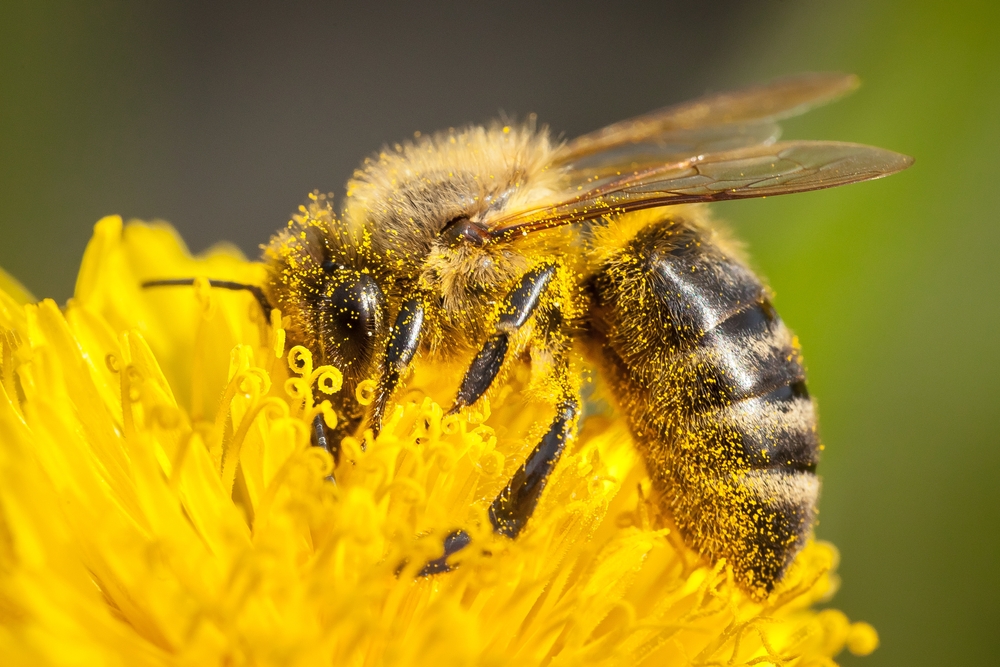Decoding the Intricate Dance of the Honeybee
In the fascinating world of animals, the behavior of honeybees is a compelling spectacle. The intricate dance they perform is not just an entertaining show but a complex form of communication. Delve into this breathtaking world and unravel this unique behavior.

The Dance of the Honeybee: A Historical Overview
The mesmerizing dance of the honeybee was first documented by Austrian zoologist Karl von Frisch in the 1940s. His groundbreaking work unveiled that bees employ a sophisticated form of communication to relay vital information to their hive mates. They use two main types of dances: the round dance and the waggle dance. The round dance indicates food sources close to the hive, while the waggle dance provides directional information for distant food sources.
The Science Behind the Dance: Decoding the Movements
The waggle dance, a figure-eight movement, is particularly intriguing. The bee shakes its body in a specific pattern: the direction of the dance indicates the direction of the food source relative to the sun, and the duration of the waggle phase denotes the distance to the food. This dance is so precise that it even takes into consideration the movement of the sun throughout the day!
The Dance in Today’s Context: Current Research and Findings
Recent studies continue to unravel the complexity of the honeybee dance. Researchers have found that bees can also communicate information about the quality of the food source and potential dangers. There’s even evidence suggesting that bees can convey the concept of ‘time’ through their dance. Such findings have profound implications for our understanding of animal communication and cognition.
The Impact of the Dance: Implications for Beekeeping and Conservation
Understanding the honeybee dance can greatly benefit beekeeping practices and conservation efforts. Beekeepers can use this knowledge to track bees to the best forage sites, improving honey production. Meanwhile, it could help conservationists monitor the health of bee colonies and their foraging preferences, crucial information for preserving these vital pollinators.
A Dance that Captivates and Educates
The intricate dance of the honeybee is more than just an engaging spectacle—it’s a window into a complex form of communication in the animal kingdom. As we continue to decode this dance, we gain not only a deeper appreciation of these bees but also valuable insights that could aid their conservation. In the dance of the honeybee, we find a mesmerizing blend of nature’s beauty and intelligence.




